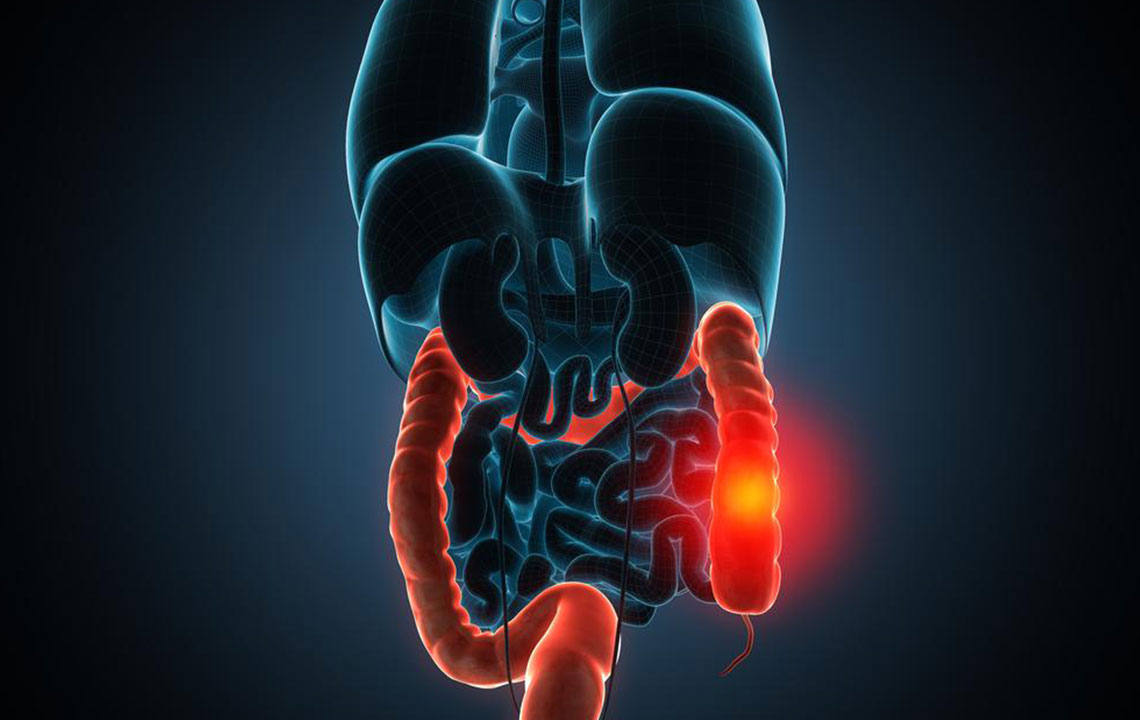All You Need to Know about the Diet for Diverticulitis
These days, the stomach diseases are increasing, and therefore, the doctors show a severe concern towards the overall nutrition of the people. Every age group has certain gut bacteria levels and must follow a routine check-up. Cleansing of the colon area is a must so that toxins from the body keep on regularly releasing without harming organs and intestine lining. However, a particular health condition came into highlight mostly in the age group of 30 to 50 years is diverticulitis.

What are diverticula and how is it formed?
Diverticula are small sacs or pockets which take birth on their own when the colon muscles become weaker. They protrude outward in the large intestine lining in red color like boils or polyps. It is a painful condition during a flare-up. Sometimes, on diagnosing, immediate surgery is recommended by the specialists.
What are the symptoms of diverticulitis?
Most people are unaware of the initial symptoms and lead to the chronic stage and then realize the fact that they are affected by diverticulitis. Hence, there are some common symptoms which one must consider and get immediate help from the doctor whenever they experience them.
- Long-term constipation is the condition when one cannot pass stool regularly and sustains for a long term. It causes immense pain and fatigue.
- Long-term diarrhea is a common symptom of diverticulitis. If a person suffers from diarrhea and no antibiotic works, then it is a sure symptom of diverticulitis.
- Pain and tender feeling in the abdomen with bloating is a symptom of diverticula formation in the colon lining.
- Cramps, fever, and extreme pain during bowel movements
- Blood drops or mild blood spots in the stool
- Vomiting along with constipation and cramps
What should be the diet plan for diverticulitis?
After being diagnosed with the diverticulitis disease, one should start taking medicines along with a proper diet. However, most people get confused in a low-fiber diet and high-fiber diet plan. So, here is a discussion on both the type of foods and which is the best diet for diverticulitis.
According to the recent study, researchers concluded that a fiber-rich diet prevents diverticula. It sustains good bacteria in the gut region of the human body and releases toxins easily. Earlier, many researchers claimed that fiber is indigestible carbohydrate and they can cause diverticula formation. However, the facts have gone wrong, and dieticians, as well as doctors, suggest a rich fiber diet to the patients suffering from diverticulitis.
How much daily fiber intake is adequate for diverticulitis?
A person whose blood diagnoses show traces of diverticula must consume around 25 grams to 30 grams of fiber-rich vegetables in a day. They can also increase the amount of fiber in the diet by up to 15% to cleanse the colon area.
If one is not so fond of vegetables and fruits that contain fiber, then another primary source could be the fiber supplements. However, doctors suggest that patients must rely upon whole food sources than the supplements because they are natural and have a quick effect than the supplements. Nuts, legumes, vegetables, and fruits such as- spinach, lettuce, orange, mango, guava, walnut, broccoli, etc. are significant sources of fiber.
When should one have a low- or high-fiber diet for diverticulitis?
Doctors suggest a patient’s low-fiber diet plan when they have a chronic stage, and flare-up problem persists. The clear fluid diet recommended for at least two weeks or until the flare-up problem goes away. After relief from discomfort and pain, one can go for boiled vegetables and soft solid foods. Cooked fruits, vegetables without skin allowed for the time being.
Is vitamin D significant for diverticulitis?
The best diet for diverticulitis includes a lot of vitamin D intake. It is a crucial nutrient for the human body. Vitamin D is also known as the sunshine vitamin. If one has a deficiency of vitamin D in the body, then gastrointestinal diseases are at risk. Its depletion also causes irritable bowel syndrome. Natural resource for vitamin D intake is the early morning sunlight and evening sunlight before sunset. Avoid daytime ample sunlight because it contains harmful UV rays.
One should check their vitamin D levels through a blood test and take a vitamin supplement in a powder form, liquid or tablet once in a week.
What to avoid in the diverticulitis diet plan?
The best diet for diverticulitis includes boiled vegetables and fruits in a soup form. Nuts and seeds, as well as plants that are not suitable for diverticulitis patients are as follows:
- Corns
- Strawberries
- Raspberries
- Zucchini
- Tomatoes
- Cucumbers
- Watermelon
- Apricot
- Cashew nuts
- Almond
One must avoid red meat when one is on diverticulitis treatment. The best diet for diverticulitis involves chicken and fish once a month only. It should be cooked very well through the marinating process, and fried properties should avoid.




